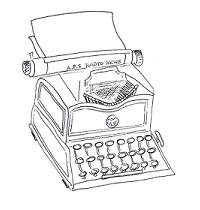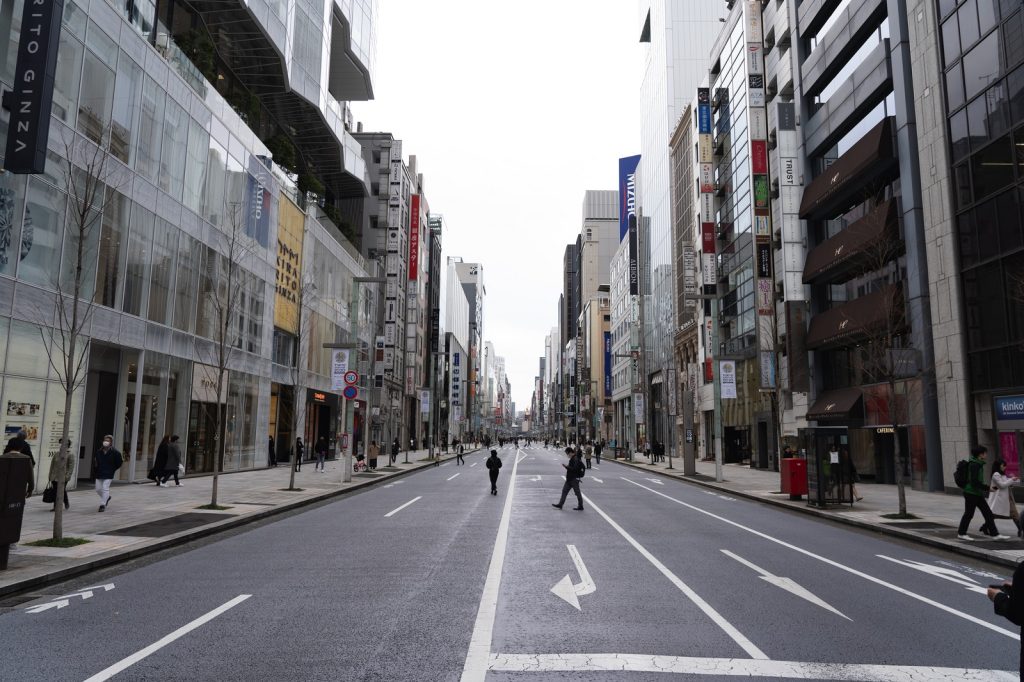economy news online
Prices in Japan rose at their fastest pace since 1981 in November, data showed Friday, fuelled in part by higher energy costs. news online
Core consumer prices, which exclude volatile fresh food costs, climbed 3.7 percent last month, compared to a year earlier, data released by the internal affairs ministry showed.
Prices jumped most for processed food items but were also higher for electricity and durable goods like air conditioners. Rises in gasoline costs were tempered by government subsidies.
The November figure is well below the sky-high levels that have sparked concern in the United States, Britain and elsewhere, but far exceeds the Bank of Japan’s long-term goal of 2.0 percent.
Even excluding fresh food and energy, the index was up 2.8 percent.
The headline core consumer price index (CPI) has risen consistently since the beginning of the year, putting pressure on the Bank of Japan to tweak its longstanding monetary easing policies.
The US Federal Reserve and other central banks have sharply hiked interest rates this year to tackle inflation.
But Japan, which since the 1990s has swung between periods of sluggish inflation and deflation, has gone against the grain and continues to keep interest rates at ultra-low levels as it tries to kickstart its economy.
The Bank of Japan says it sees the recent price increases as temporary and that there is no reason to change course yet.
The starkly different approaches taken by the BoJ and the Fed have driven down the value of the yen against the dollar this year from around 115 yen per dollar in March to as low as 151 yen.

The currency has recovered somewhat, helped by government interventions.
This week, the Japanese central bank delivered a shock tweak to its ultra-easy monetary policy, prompting the yen to strengthen rapidly.
While the adjustment falls short of a rate hike, analysts said it could help arrest the yen’s declining value, which has begun to hurt Japanese consumers already struggling with higher bills and other prices.
Koya Miyamae, senior economist at SMBC Nikko Securities, said prices were likely to continue rising in the short term.
“The core CPI rose in November due to rises in food prices and gas. The index will likely rise further, nearing or potentially rising above four percent in December,” he told AFP.
“But core CPI will remain above two percent next year, while the pace of the rise in wages is not catching up with inflation,” he added.
kh-sah/cwl
© Agence France-Presse. All rights are reserved.
economy news online
Notes from APS Radio News
From the early part of March 2020 to April 15, 2022, the US Federal Reserve had been increasing its holdings by nearly $5 trillion dollars.
It did this each month of that period by buying billions of dollars of corporation and government bonds, in effect, infusing massive amounts of money into the economy.
And, as the FRED graph shows, it did so at rapid rate or at a high rate of velocity.
Economists say that when massive amoutns of fiat money are infused into the economy at high rates of velocity, the likelihood of noticeably higher rates of inflation is made greater.
A number of other central banks followed a similar policy.
For example, between late February 2020, even days before the media started fixating on the virus thingy, and March of this year, the European Central Bank embarked on its own version of monetary expansion.
During that period, the ECB increased its holdings by over 5 trillion euros.
The Bank of Japan also increased its holdings.
Between February of 2020 and earlier this year, it had increased its holding by a few hundred trillion Yen.
For a number of years, including the Bank of Japan, major central banks have kept their interest rates low.
For its part, the Bank of Japan kept its interest rates at negative rates, meaning that depositors had to pay banks to hold their money.
During and before the pandemic, major corporations had increased the number of mergers and acquisitions, as those entities were able to make their purchases using inexpensive money and higher stock valuations.
The other part of the equation was that of supply.
As a result of lockdowns, many small and medium-sized businesses were closed.
Shipping ports had lost workers, and truck drivers going to those ports had to wait in long lines, as a result.
In effect, well before Russia’s invasion of Ukraine, shortages of various goods and services developed.
The invasion and sanctions imposed have aggravated shortages of commodities like petroleum and grain.
And there have been instances of price gouging.
economy news online


